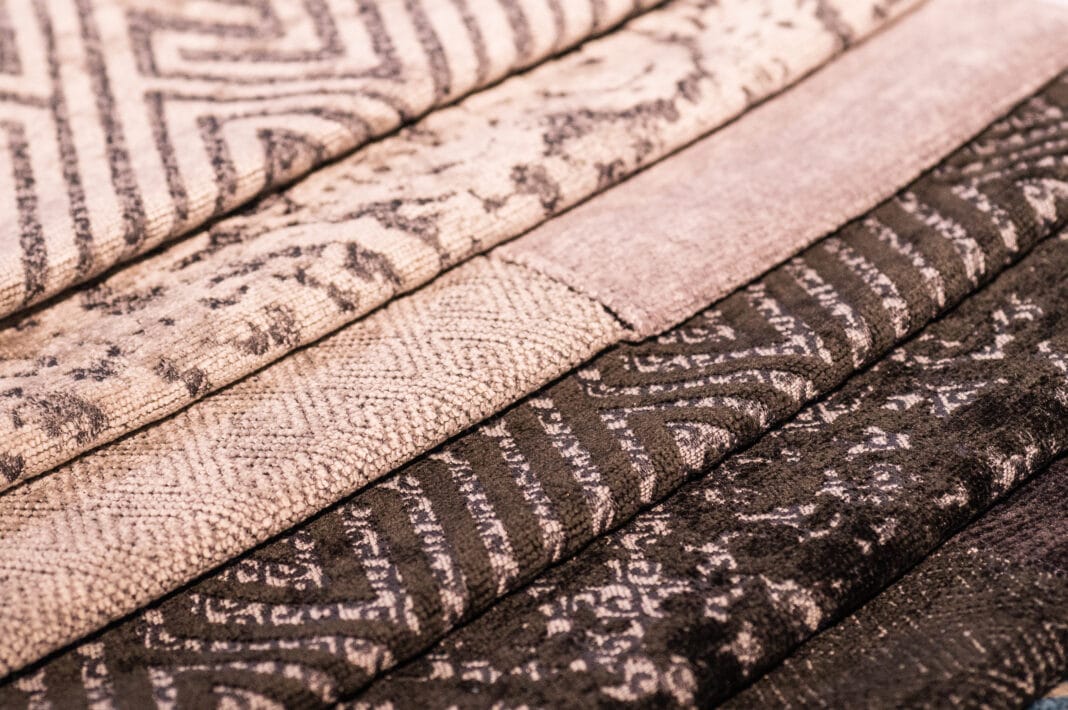The textile landscape is broad and ever-changing, yet one fiber keeps winning trust-cotton weave fabric. More than just popular, it proves reliable time after time. From ancient empires to modern catwalks and everyday homes, this woven cotton stays indispensable. The secret? It marries softness, durability, and versatility in a single cloth.
In the sections that follow, you will uncover the full story of cotton weave fabric. Well trace its weaving process and explain why designers reach for it in garments, furniture coverings, and accessories. You will also meet the main weave patterns-satin, twill, plain-and learn the special task each one performs.
If you want fabric that breathes freely, stands up to use, and still looks sharp, stay with us. By the end, you will see the quiet magic woven into the shirts, sheets, and bags you already own.
Table of contents
- What Is Cotton Weave Fabric?
- A Brief History of Cotton Weave Fabric
- Types of Cotton Weaves
- Plain Weave: the Everyday Workhorse
- Twill Weave: Soft, Diagonal, and Tough
- Satin Weave: The Luxurious, Lustrous Face of Cloth
- Basket Weave: Rugged Texture with a Friendly Grip
- Why Cotton Weave Material Keeps You Comfortable
- Cotton Weave Fabric in Fashion
- How Cotton Weave Fabric Fits into Home Dcor
- Sustainability and Eco-Friendly Appeal
- Cotton Weave Fabric Maintenance Tips
- Cotton Weave Fabric in Everyday Life
- Conclusion
- FAQs
What Is Cotton Weave Fabric?
Cotton weave fabric is cloth made by crossing cotton threads in set designs. Those designs shape the feel, strength, and airflow of the end piece. Whether the weave is plain, twill, satin, or another style, each choice gives the fabric its own character. Cotton itself is a natural fiber that grows around the seeds of the cotton plant. After harvest, workers clean the fluffy hairs, then spin them into long strands, or yarn. Looms then lay the yarn lengthwise as warp and cross it with weft threads. The crossing motion locks the strands together, forming the finished cloth that can be dyed or sewn.
What truly distinguishes cotton weave fabric is its everyday comfort. It lies soft against skin yet holds up under routine wear. Because air flows freely through the open pattern, the fabric helps keep a person cool in summer and warm in winter.
A Brief History of Cotton Weave Fabric
The story of cotton is ancient and world-spanning. People in the Indus Valley were spinning and weaving cotton by about 3000 B.C. Cotton fibers even wrapped the bodies of Egyptian pharaohs. Goods moved along Silk Road caravans, ocean ships, and later colonial trade routes, carrying the fabric to Africa, Europe, and the Americas.
During the Industrial Revolution, cotton weaving moved from handlooms to mechanized frames. This shift sped up output and produced cloth with far more uniform quality. It also encouraged artisans to explore new patterns and techniques tailored to machines. Today, cotton weave fabric appears in almost every closet and living space. It shows up in everyday t-shirts, luxurious gowns, kitchen towels, and bed linen. Designers still lean on it because it looks classic, feels reliable, and welcomes constant innovation.
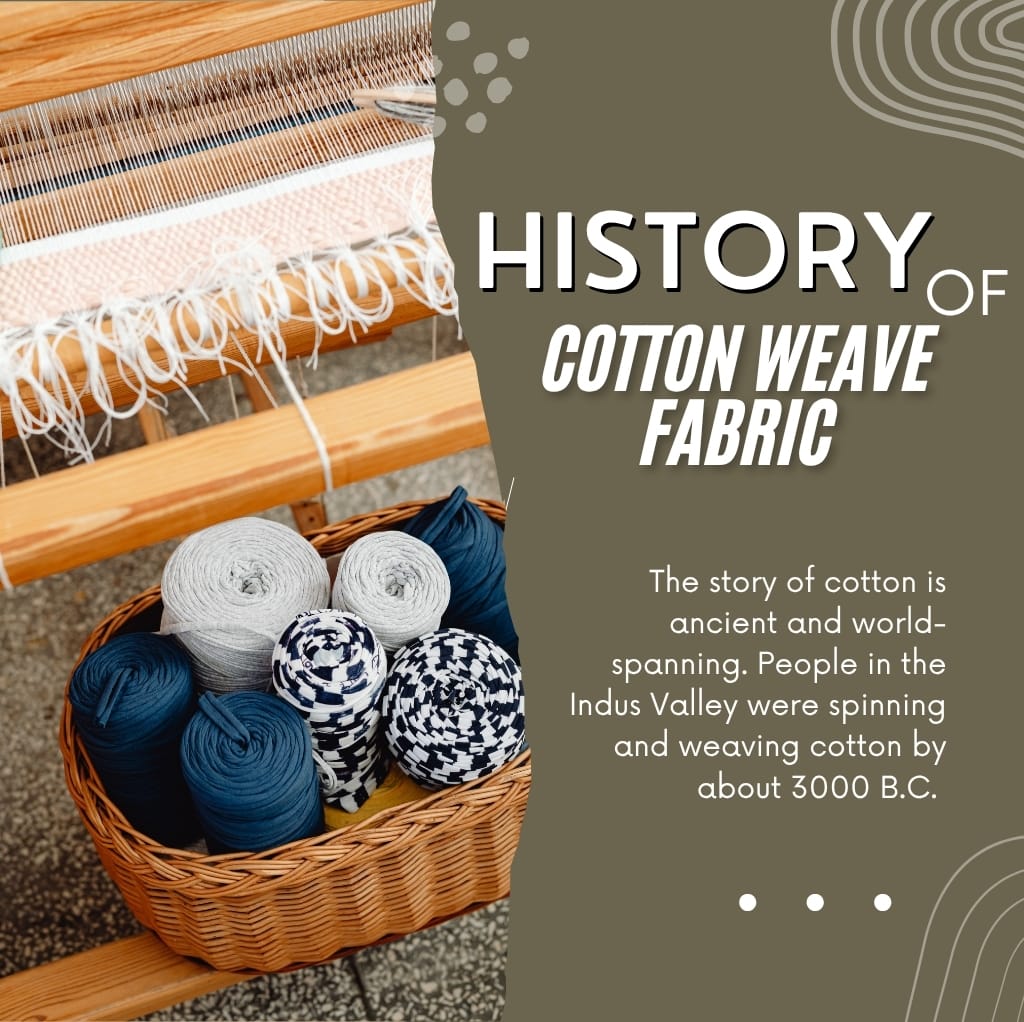
Types of Cotton Weaves
Cotton cloth can be woven in several ways, each producing a distinct feel and function. The most common weaves share some features but serve a wide range of uses. Take a closer look at these familiar options.
Plain Weave: the Everyday Workhorse
The plain weave cotton is the simplest, relying on a basic over-under pattern. Warp yarns move straight lengthwise while the weft crosses back and forth. Their regular alternation forms a tight, square grid that looks familiar on almost any cotton garment. This structure delivers remarkable strength and stability, so the fabric shrinks little and stretches less. Everyday items like shirts, bed linens, or face masks often come in plain weaves because they wear and wash well. Muslin, percale sheets, or lightweight poplin all show plain-weaves crisp, smooth surface, which feels cool against the skin.
Since the weave is easy to master, manufacturers produce it quickly and at low cost, passing those savings along to buyers. Overall, the plain weave earns its reputation as the dependable fabric for routine dress and household use.
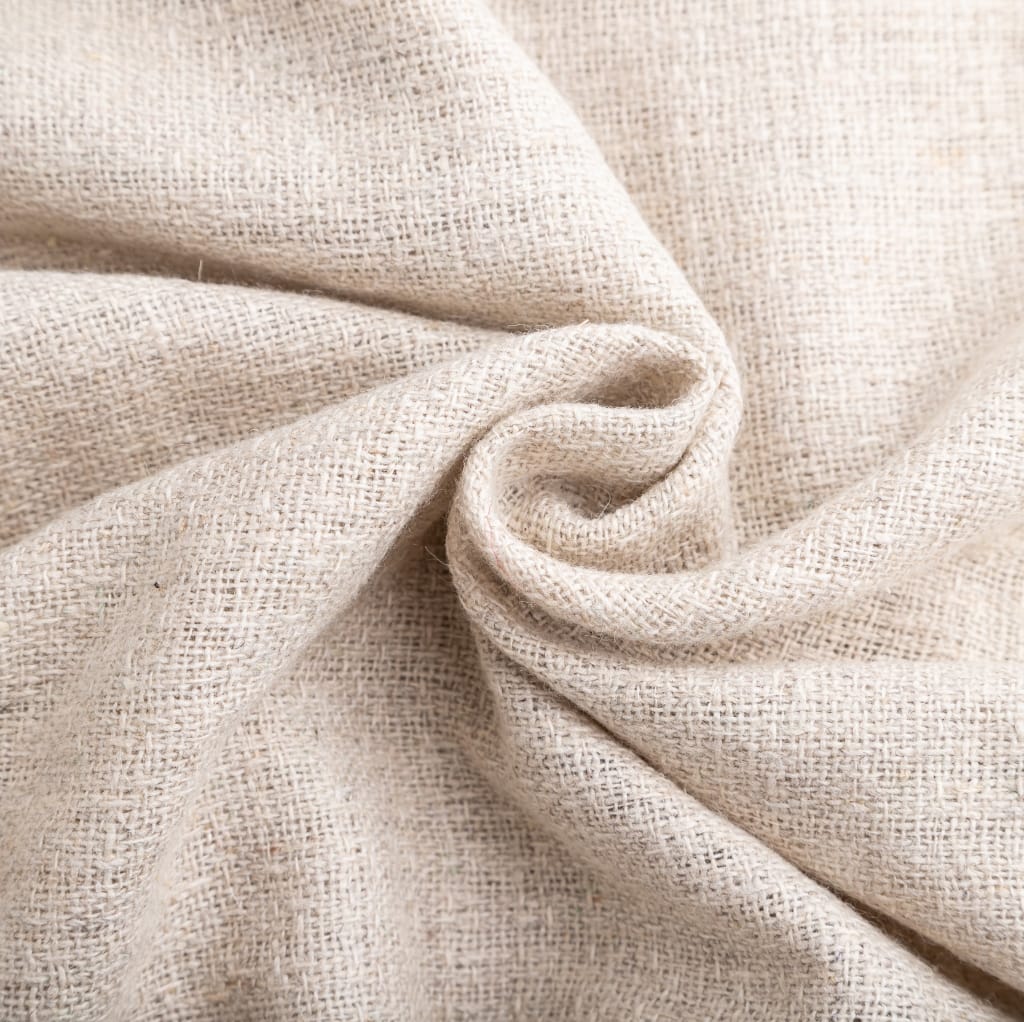
Twill Weave: Soft, Diagonal, and Tough
Twill weave cotton fabric is identifiable by its soft diagonal ribs that slope to one side. That gentle bias gives the material a richer texture you can feel and see. Denim jeans are perhaps the most famous twill example, showing clear, sturdy lines across the leg. The offset yarn pattern allows more movement than a plain cloth, so twill sits easily on the body. Creases fall out quickly after washing, and the extra thickness often blocks chilly wind. Pair these attributes with color retention, and its clear why twill fabrics appear in coats, trousers, or uniforms.
Classic types like gabardine and chino mirror denim’s durability. Garment-makers praise twill cotton fabric for its long-lasting nature when working under tough conditions. So when comfort meets ruggedness, many shoppers reach for twill. Read more: Twill fabric

Satin Weave: The Luxurious, Lustrous Face of Cloth
A satin weave gives fabric its signature glossy surface . The technique floats one thread over a group of others, trapping light on the top side. That movement yields a bright face and a flatter, duller underside. Its smoothed finish feels indulgent, but the structure isnt tough. Designers reach for satin in evening dresses, upscale blouses, and soft sheets.
Satin made from cotton retains the sheen at a friendlier price. The blend delivers gentle touch with a polished look, making it ideal for celebrations.
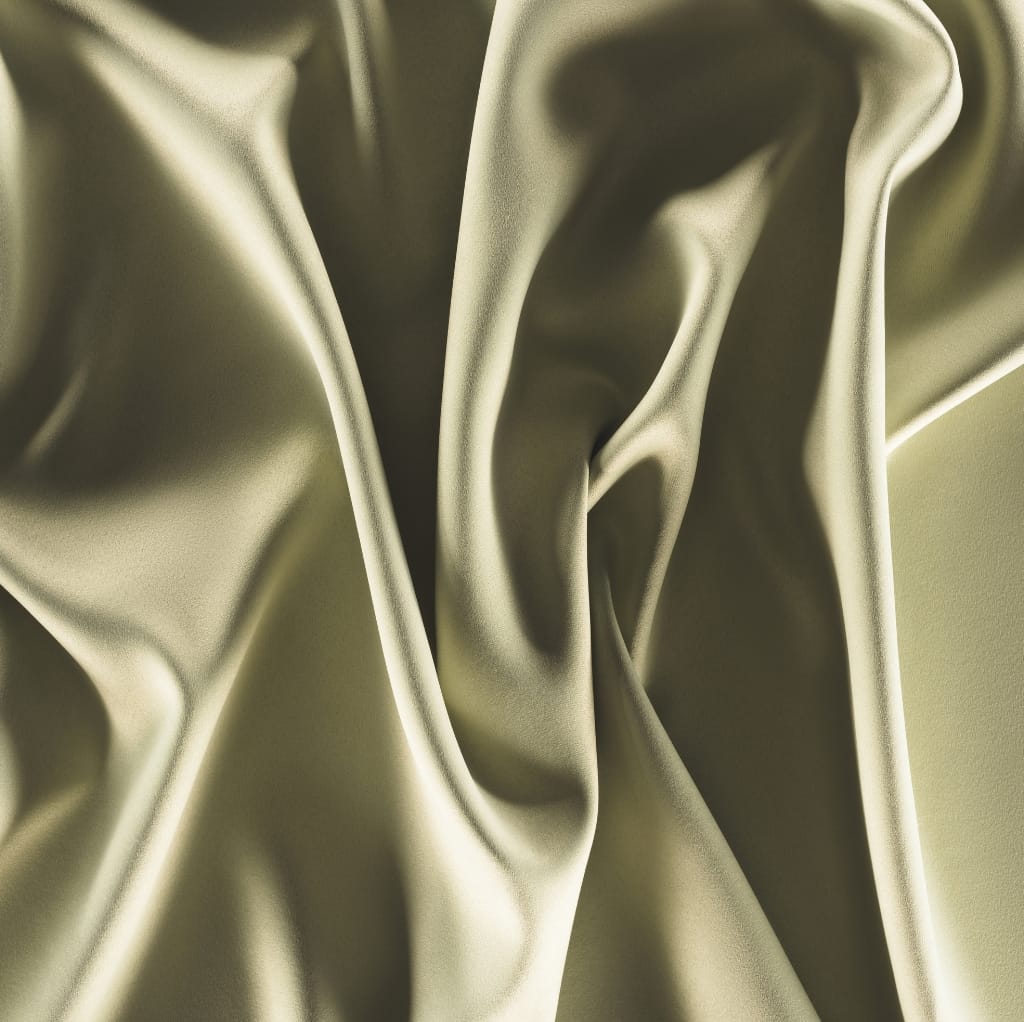
Basket Weave: Rugged Texture with a Friendly Grip
The name tells the story. Basket weave stacks two or more strands beside one another, mirroring a wicker framework. The effect yields a fabric that feels substantial and slightly bumpy to the fingers. That thickness makes it a go-to for jackets, chairs, and colorful cushions. Visual contrast and soft handwork together, giving the piece character for both eyes and palms.
While the cloth bends, it carries weight and stays true to shape, arriving ready to resist wear.
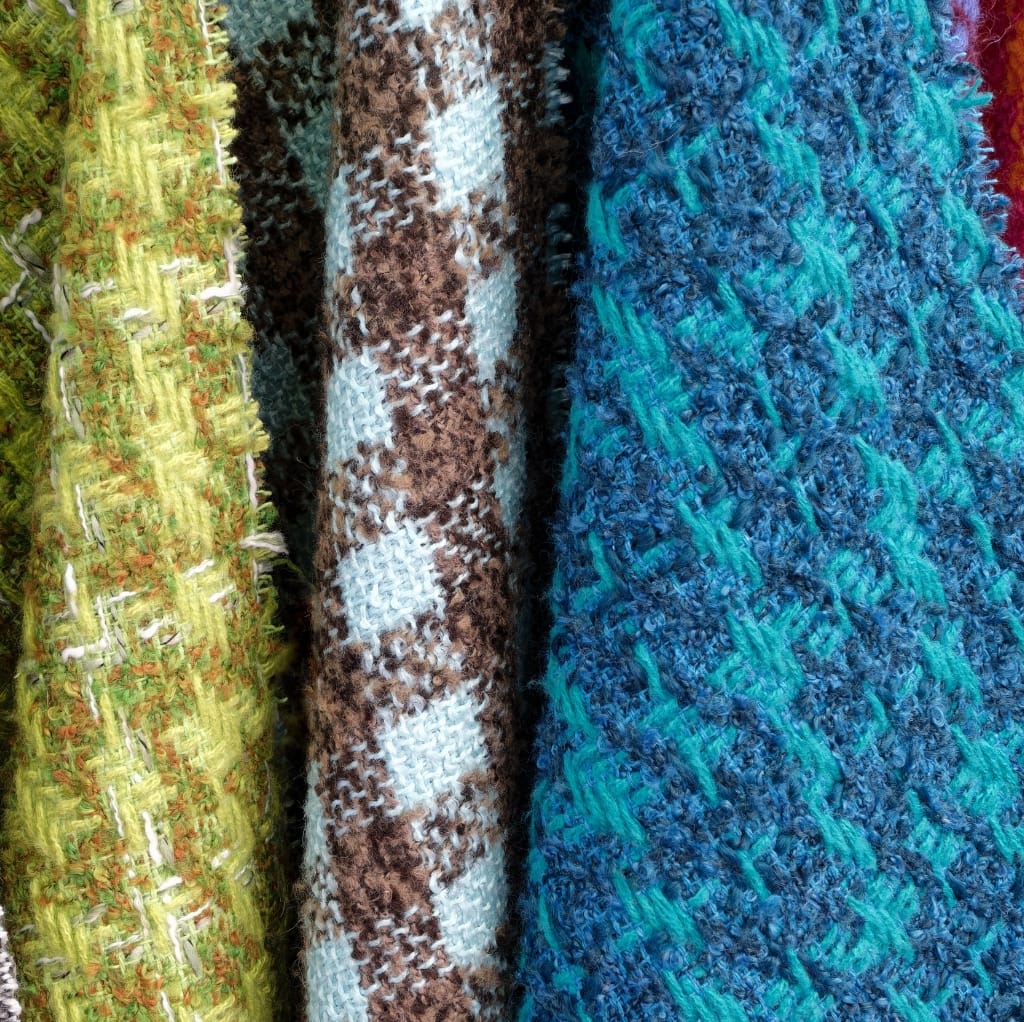
Why Cotton Weave Material Keeps You Comfortable
Feeling comfy goes beyond sheer softness. Real ease appears when cloth moves with you, not against you. Cotton weaves earn top marks in this arena. Wide pores let air move freely over your skin, stalling sweat before it collects. Because moisture flies away, rubbing and heat stay low. Whether you are relaxing at home or meeting a deadline, breathable cotton holds you cool and calm.
It is also kind to skin that reacts easily. Parents, grandparents, and allergy sufferers choose cotton because it rarely sparks itching or rash. You will find yourself grabbing that tee or those socks far more often than you mean to. The reason is simple: cottons dependable ease feels good day in and day out.
Cotton Weave Fabric in Fashion
The fashion world has long kept cotton close for plenty of reasons. Most obvious is versatility; designers mold the fibre into everything from sleek blazers to relaxed sundresses. Equally important is how cotton welcomes colour. Bright dyes stay bright, while bold prints remain crisp. That reliability makes the weave a staple on runways and in retail windows alike.
Add to that a reasonable price. Compared with silks, linens, or fine wools, cotton delivers solid quality without alarming the budget. For that reason the fabric shows up in both high-end houses and value-conscious labels. And cotton itself never quits trending. Each season may bring fresh silhouettes or new shades, yet the cloth underneath remains remarkably unchanged.
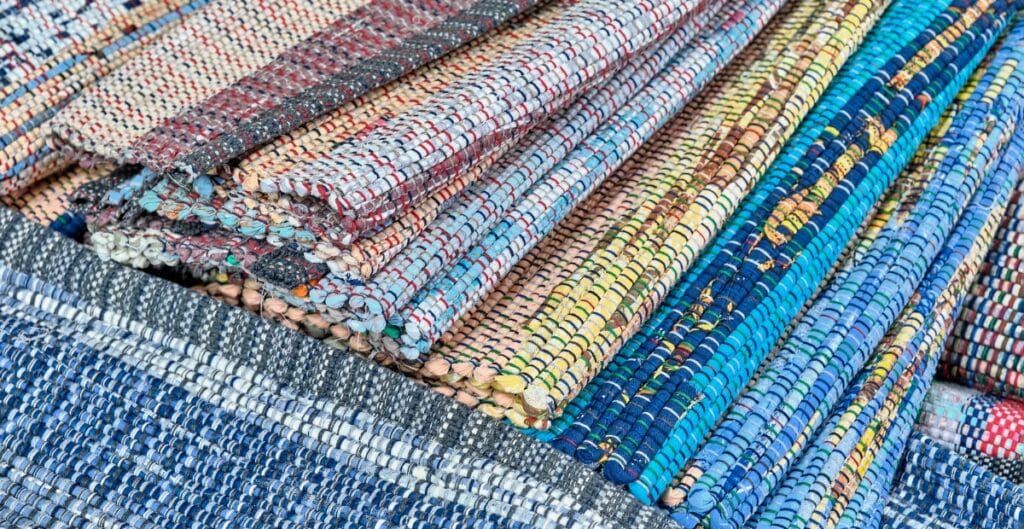
How Cotton Weave Fabric Fits into Home Dcor
Away from wardrobes, cotton still shines in everyday surroundings. Consider smooth bed sheets, light-filtering curtains, or everyday sofa covers. Its likely that many of those essentials are woven from sturdy, breathable cotton fabric. Cotton is prized for bed linens because the fabric breathes. It traps warmth yet lets excess moisture escape, so sleepers stay cozy, not clammy. Being pill-resistant, cotton keeps surface texture smooth through many washings.
In kitchens, the same durable weave appears in napkins, aprons, and easy-care tablecloths. In bathrooms, cotton presents itself as soft, absorbent towels and comforting bathrobes. Cotton is quick to launder, refuses to hide dust, and fades evenly with time. Because of these qualities, homeowners and interior designers alike prefer it for everyday and luxury spaces.

Sustainability and Eco-Friendly Appeal
Awareness of our environmental impact grows, and shoppers seek greener choices. Cotton woven cloth fits that desire when it comes from well-managed fields. As a plant fiber, its raw material is renewable, and, properly farmed, it demands less energy and water than many synthetics. Organic cotton raises the bar farther. Grown without chemical pesticides, it nurtures wildlife, farmworkers, and soil health.
Another asset is cottons natural biodegradability. When a product reaches the end of its useful life and is discarded properly, it breaks down without leaving toxic residues. That capacity helps ease the burden on landfills and reduces the microplastic problem. For anyone concerned about the planet, selecting cotton weave goods is a simple yet significant choice.
Cotton Weave Fabric Maintenance Tips
Though cotton requires little fuss, small habits keep it looking fresh for years. Wash pieces in cold or lukewarm water; hot cycles can cause unwanted shrinkage and distortion. Use a gentle detergent. Strong cleaners can weaken fibers over time. Only use bleach when absolutely necessary.
Air drying is best. If you use a dryer, set it to low. This reduces shrinkage and keeps the fabric strong. Iron the fabric while it is still damp. Cotton responds well to steam, so wrinkles disappear easily. With basic care, a cotton weave garment can last for years-lingering soft, bright, and reliable.
Cotton Weave Fabric in Everyday Life
From dawn to dusk, cotton is with us. Your T-shirt, pillowcase, or the cloth that wipes your glasses. Many daily items come from cotton weave fabric. In summer, it encourages airflow and helps keep you cool. In winter, layered cotton provides warmth without bulk. For infants, nothing compares to cottons soft, gentle touch.
Bags, scarves, and sun hats also rely on cotton weave for its durability and natural look. The more you notice it, the more you appreciate it. Cotton is not merely material; it is a quiet lifestyle companion.
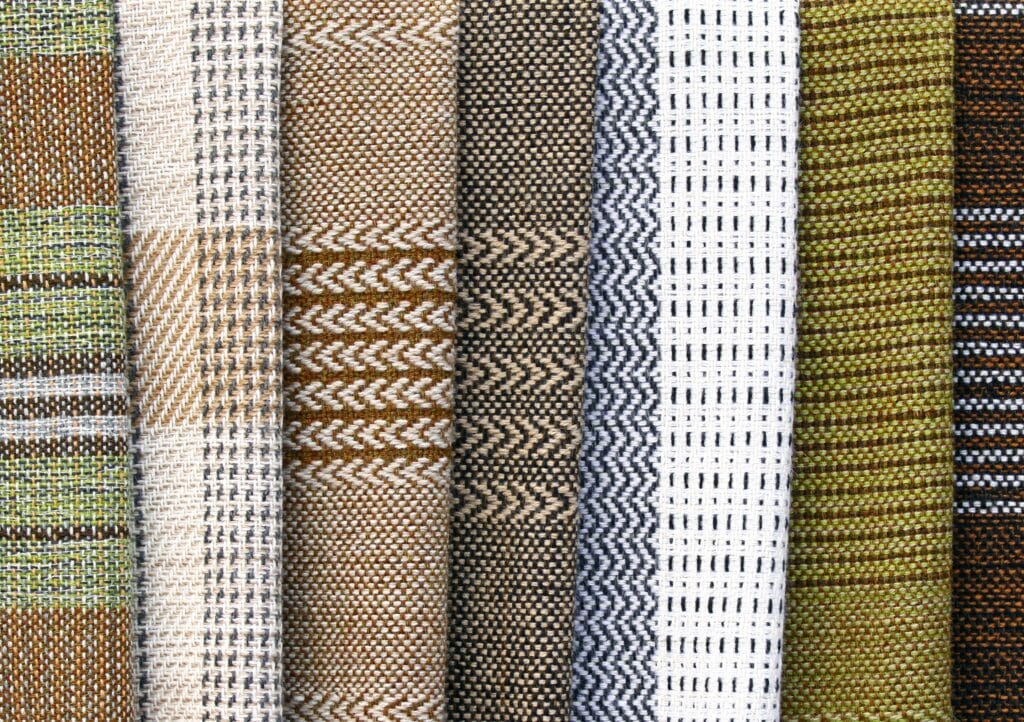
Conclusion
Cotton weave fabric proves that style, strength, and breathability can live together. It adapts to fashion, supports home comfort, and champions sustainability. Whether you’re dressing for a meeting or relaxing at home, it’s got you covered. Choosing cotton is choosing quality. Its rich legacy, endless versatility, and natural benefits make it a clear winner. So next time you pick a shirt or sheet, remember-you’re wrapping yourself in something truly timeless.
FAQs
Yes, its breathability makes it perfect for summer. It allows airflow and keeps sweat at bay.
Yes, especially if washed in hot water. Stick to cold water and low heat drying to prevent shrinkage.
Plain weaves may wrinkle more, but twill and satin weaves resist wrinkles better.

